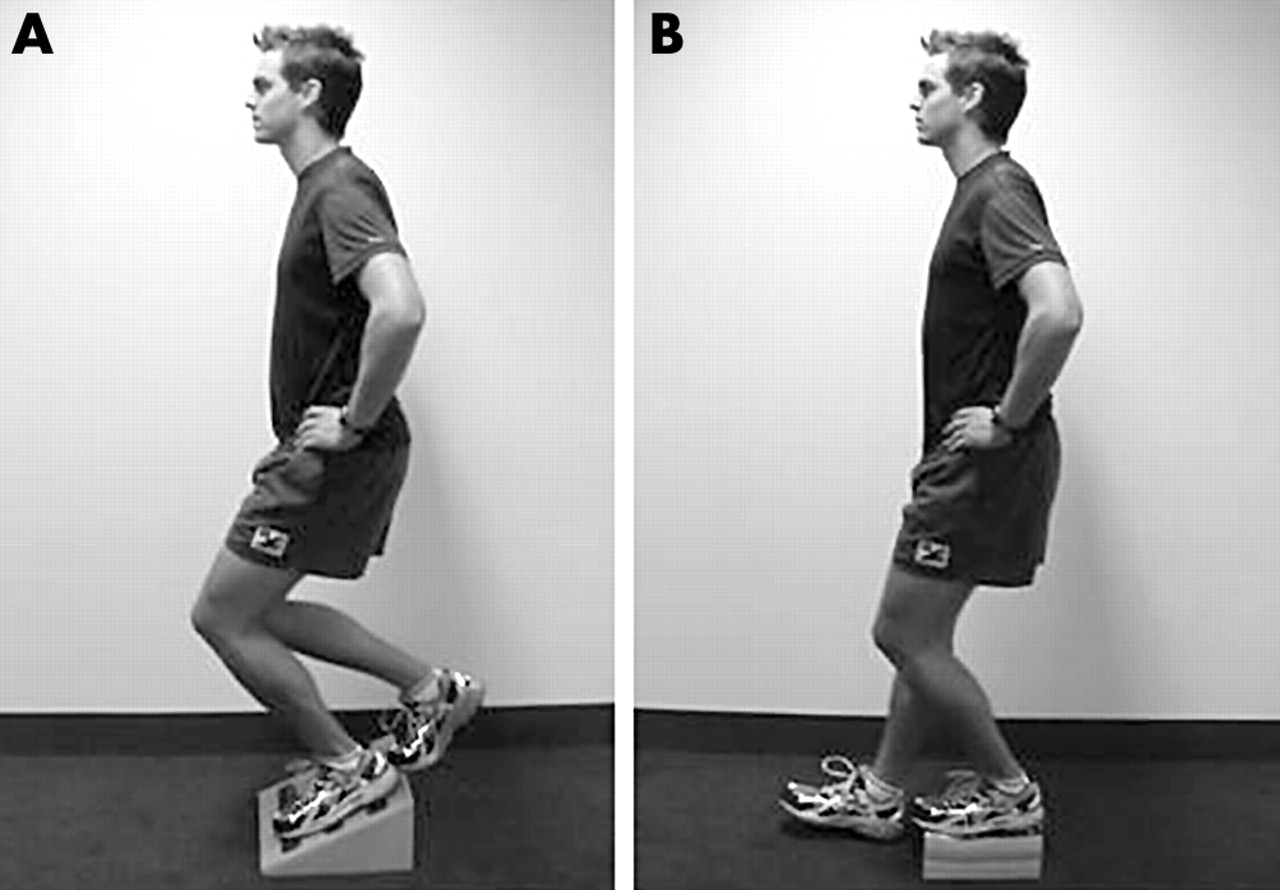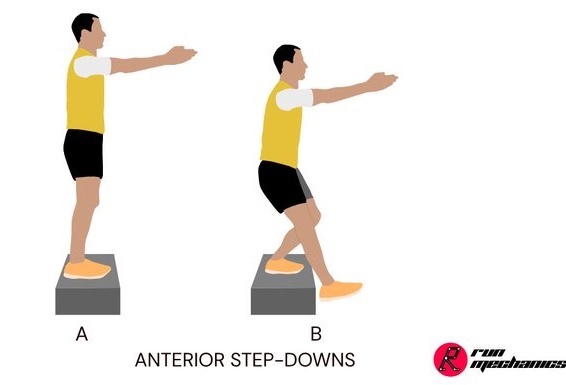
Managing Chronic Patellar Tendinopathy
Patellar tendinopathy (often called patellar tendinitis) is a common overuse injury, caused by repeated stress on the patellar tendon located in front and below the kneecap.
What first seems like a mild discomfort in the knee can quickly turn into a destructive chronic condition. 30% of athletes with Patellar Tendinopathy take more than 6 months to return to sport and many professional athletes retire due to this condition.
In this post, I want to discuss my experience with Patellar Tendinopathy. It's been quite a confusing time for me, as I've been struggling with this injury for almost a year now. I've been to many doctors and tried many different treatments, but the injury is still not fully resolved. I want to learn more about this injury and come up with strategies moving forward that can help me to resolve it for good.
Diagnosis
It took me a while to get a proper diagnosis for my knee pain. The first doctor I visited thought that it might be shin splints, but having experienced shin splints before I had my doubts. I visited another doctor who thought it may be a stress fracture, I performed an MRI and there was no bone damage. Finally after 3 months of pain, a doctor landed on patellar tendinopathy as the diagnosis.
Why did it take so long to get a proper diagnosis? I think that one reason is something called the availability heuristic. When doctors see a runner with an injury in the lower leg they immediately jump to the most common injuries: shin splints and stress fractures.
Patellar Tendinopathy is an uncommon injury, especially among runners, so it's not the first thing that comes to mind.
Even after being diagonosed with patellar tendinopathy, I still had my doubts!
I did months of unspecific rehab, but the pain was still there. I thought that there is no way that this injury could last this long when I was doing so much rehab. It's impossible!
Periodically I was convinced that I had some sort of bone injury, that's the only way the injury could still be bothering me.
I did another MRI which found evidence of a bone lesion which looked harmless, but I was concerned that it was the cause of my problems.
It wasn't until I came home in September and saw 2 sports doctors that I was finally convinced that I had patellar tendinopathy.
At the end of the day the most concerning thing throughout this whole process of diagnosis was that most doctors could not see anything wrong despite having access to detailed MRI images of my knee. And this trend continues until today: I've had 5 radiologists and countless doctors tell me that everything looks healthy and normal, while I experience constant knee pain.
Treatments

When it comes to treating patellar tendinopathy, there are many different approaches. I want to categorize treatments based on their effectiveness in the scientific literature and add a little bit of my own commentary on what I've tried.
What Doesn't Work
A lot of responses to patellar tendinopathy come from the false pretense that the pain is being causes by inflammation when in fact it is usually caused by degenerative tissue.
Many doctors prescribe anti-inflammatories or NSAIDs which simply have no evidence supporting their effectiveness in treating patellar tendinopathy [1].
Same goes for corticosteroid injections which are commonly prescribed to treat pain caused by patellar tendinopathy [1]. There isn't much evidence for the effectiveness of cortico steroids and it is commonly shown that injecting steroids into the tendon causes weakening and increased chance of rupture.
The typical injury advice: Rest, Ice, Compression and Elevation (RICE) also doesn't fully apply to patellar tendinopathy since it is not necessarily an inflammatory condition. Rest may be necessary for a short period of time, but it is not a long term solution. Ice can be used to mask the pain if too severe. Compression and elevation could be useful to provide blood flow to the tendon, but in reality the effectiveness is probably minimal.
Speaking of rest, complete rest from activity seems counter productive [1]. Instead of eliminating activity, it can continue being done at a lower intensity. There were many periods where I personally took time off from running and those times were anecdotally the worst pain my knee has been in.
What Works
The modern consensus in scientific literature is that treatment for patellar tendinopathy should be focused on tendon healing and strengthening [2]. This is consistent with the characterization of patellar tendinpathy as a degenerative disease that requires the tendon to remodel itself to heal.
Now what promotes tendon healing? Unfortunately not much. Tendons take an extremely long time to heal because of the remodeling that occurs in the tendon is extremely slow and complex [3].
In fact, what promotes healing in the tendon seems to be the same thing that promotes strengthening: load. Loading is necessary for tendon development and regrowth [4].
The complicated thing is that excess loading is what causes tendinopathy in the first place, so how do you load the tendon to promote healing without causing more damage?
First of all, a partial reduction in training is almost always necessary when pain symptoms worsen [1, 2]. With running, this can be done by decreasing the total mileage and intensity of the runs while spacing them out.
When it comes to healing and strengthening, eccentric quadricep exercises are the staple exercise for treating patellar tendon pain [2].
It is important to introduce these exercises gradually and without excessive pain. By gradually loading the tendon with slow, heavy, eccentric exercises the tendon is able to remodel itself without causing additional tendon degeneration.
Popular exercises include: decline squat, step down, single leg squat, and knee extension.

What Mistakes I've Made
Like with many injuries, it's easy to make mistakes during treatment. Here are some of the mistakes I've made:
-
Not being consistent with rehabilitation - this is the biggest issue that I have with injuries in general, but it is especially important to be consistent with patellar rehab. I wasn't aggresive enough with eccentric heavy loading, doing it for a few weeks and then moving onto more traditional weightlifting.
-
Focusing too much on maintaining cardio - after my injury developed, I quickly shifted focus on doing cross training like cycling swimming. I wanted to maintain my fitness and I thought that the low impact would help me heal faster. In reality, I think I overdid the cross training and prioritized it over rehabilitation.
-
Neglecting running - while doing a lot of cross training, I took a lot of time completely off from running or with large breaks. I don't fully regret taking breaks from running, but I think that keeping a small amount of running consistently throughout my training would have been more appropriate and I would remember how to run better.
Moving Forwards
Now that I know how to handle patellar tendinopathy, here are the steps I'm taking to knock it out once and for all:
- Avoid speedwork and focus on easy runs with some fast paces strides at the end of every run to remember how to run fast.
- Really focus on the rehabilitation. I'm going to use single leg eccentric press, single leg step down and quad extension while also including classic lifts like hexbar deadlift and backsquats.
- More consistent rehab sessions. Minimum every other day doing one or more of the eccentric loading exercises with heavy weight.
- Focus on prevention with specific strength training for the knee and using advice from the book "Running Rewired" by Jay Dicharry.
References
No MLA format or anything but here are the links: